CUT COSTS, NOT YIELD
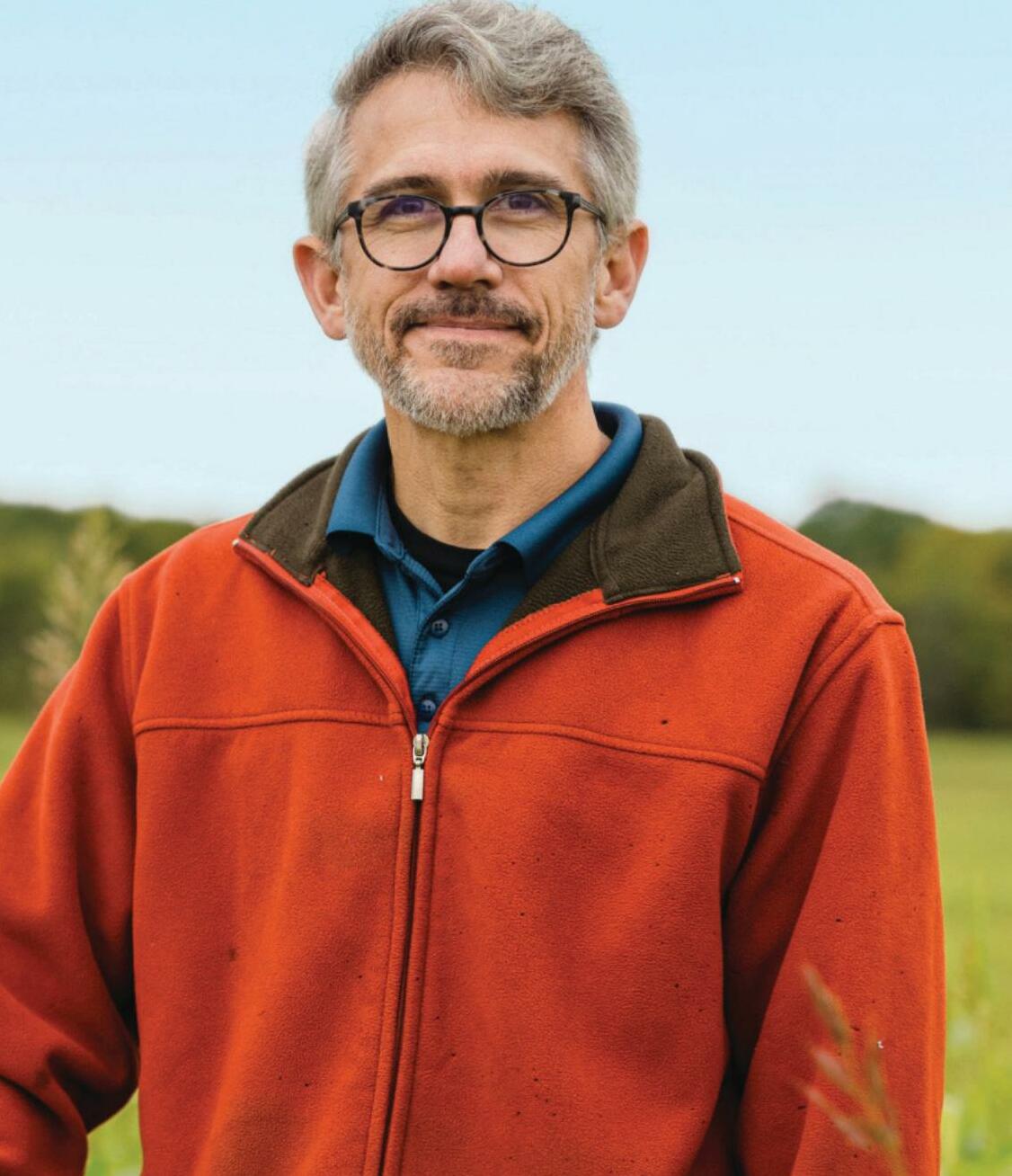
FARM SCHOOL
An educational series for farmers who want to take their skills to the next level.
Profitability can increase when inputs are reduced and yields can be maintained. The key is to first increase soil health.
Near Carroll, Ohio, Jay Brandt continues a legacy built by his late father, David Brandt, an iconic farmer who started no-tilling and growing cover crops in the 1970s. Today, on the farm's 1,000 acres of corn, soybeans, and wheat, Jay Brandt uses 50% of the synthetic nitrogen fertilizer used by conventionally farming neighbors, he says, and 60% to 70% of the herbicide.
Despite these reductions in inputs, yields and profit hold strong. "We're in the yield average for our area," says Brandt, "and profitability is good because of the crop rotation and because our cost of production is very low due to our reduced use of inputs."
No-till farmer and cover crop grower Sonny Price has experienced similar results on his 6,600-acre farm near Dillon, South Carolina, where he grows corn, beans, soybeans, cotton, winter wheat, and cover crops. In 2016 and 2017, Price stopped applying phosphorus, potash, and lime despite general assumptions that yields couldn't be sustained in his region without those inputs.
But yields have maintained and even increased, while the reduction in inputs brings significant savings. "In 2017, Price was saving $50 an acre just by not applying lime, a savings that easily paid the cost of his cover crop seed," says University of South Carolina researcher Robin (Buz) Kloot. At 2017's prices, the savings from not applying phosphorus and potassium amounted to another $50 to $70 an acre, adds Kloot, generating a total savings of $120 an acre.
Cut Costs 101: No-Till, Cover Crop Combo
この記事は Successful Farming の December 2023 版に掲載されています。
7 日間の Magzter GOLD 無料トライアルを開始して、何千もの厳選されたプレミアム ストーリー、9,500 以上の雑誌や新聞にアクセスしてください。
すでに購読者です ? サインイン
この記事は Successful Farming の December 2023 版に掲載されています。
7 日間の Magzter GOLD 無料トライアルを開始して、何千もの厳選されたプレミアム ストーリー、9,500 以上の雑誌や新聞にアクセスしてください。
すでに購読者です? サインイン
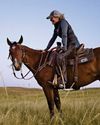
Bugs on the Ranch
Working with a National Geographic photographer opened Jaclyn Wilson's eyes to the vast diversity of insects that call her Nebraska Sandhills ranch home.

The ‘Khaki Farmer’ Embraces Technology
Jason Haglund is a fifth-generation Iowa farmer, tech enthusiast, and founding member of Rural Policy Partners.

From Field to Flight
Here are some tips and suggestions to consider when adding a drone to the farm.

A New Aid in Navigating USDA Grant Applications
Taranis launched a new program to help farmers apply for conservation practice funding.
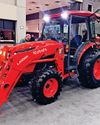
Kubota Introduces MX4900 Utility Tractor
Their largest cabbed series is available with hydrostatic (HST) transmission.

It Starts With a Plan
Recent livestock disease outbreaks spotlight biosecurity measures.
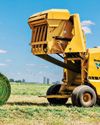
Vermeer Silage Balers
The Vermeer Pro G4 silage balers can produce bales ranging 36-72 inches in diameter, and 48 inches in width.
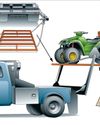
Bale Handler ATV Loader
A quick and easy way to load an ATV onto a flatbed truck.

Are Probiotics Right for Beef Cattle?
\"Good bacteria\" in feed or supplements can support digestion, and perhaps crowd out harmful bacteria.
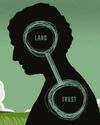
Should Land Go Into a Disclaimer Trust or Pass to the Spouse?
Problem: A widow wonders if it's too late to fix an estate plan that made no provisions for their one farming son.
